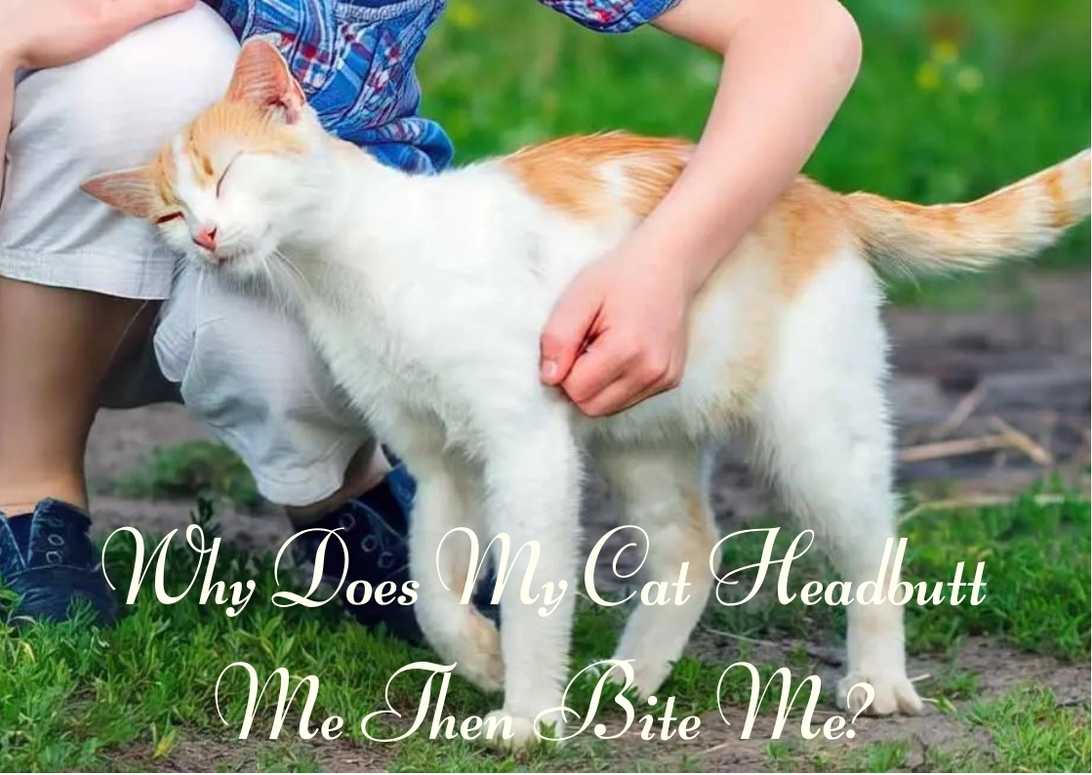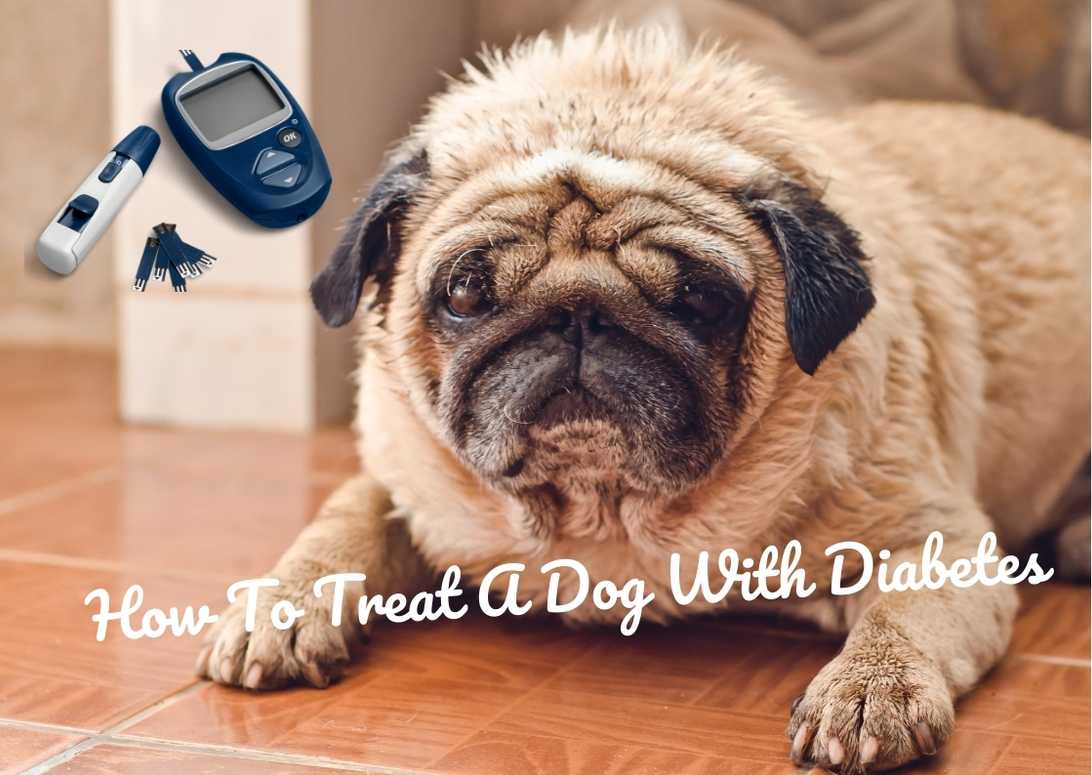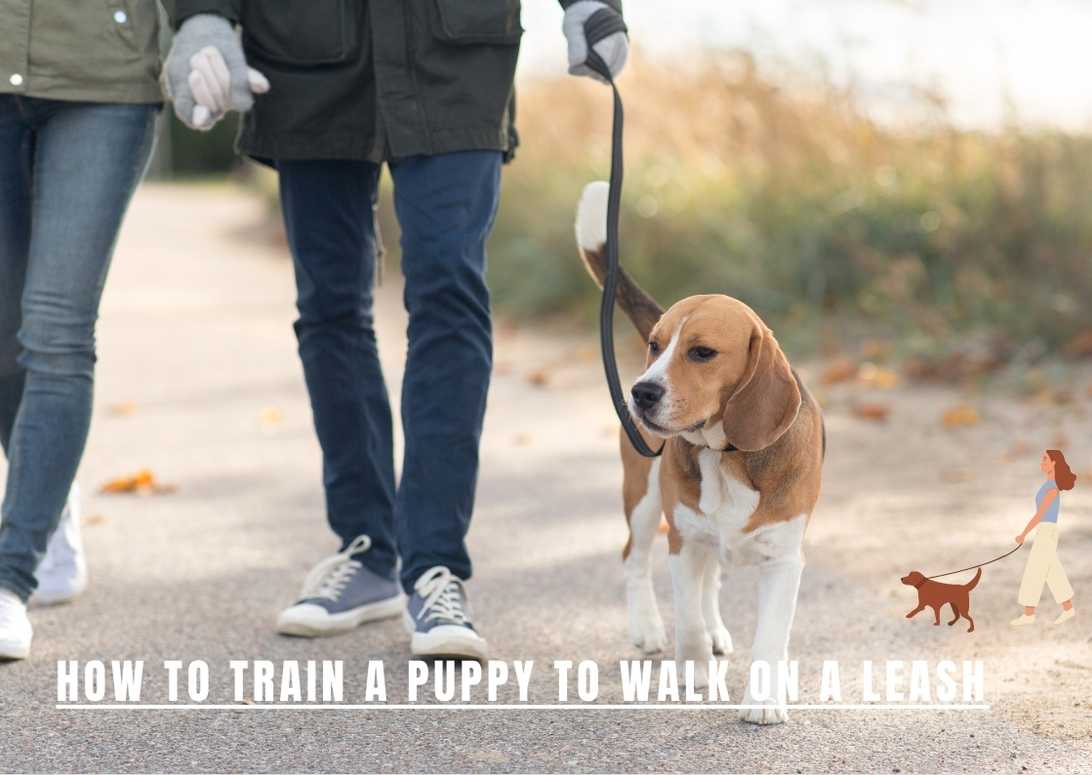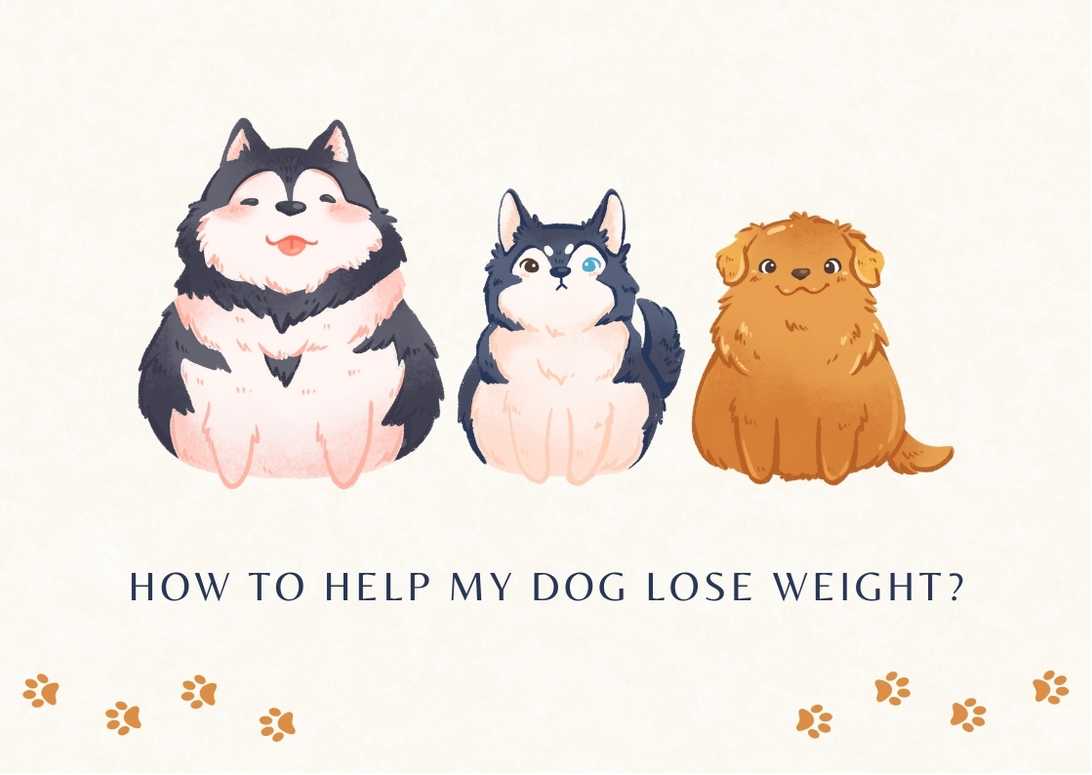Why Does My Cat Headbutt Me Then Bite Me?
As a cat owner, I’ve often found myself perplexed by my feline friend’s behavior. One moment, they’re rubbing their head against me in what seems like a loving gesture, and the next, they’re giving me an unexpected bite. It’s left me wondering: why does my cat headbutt me then bite me?
In this article, we’ll dive into the motivations behind this puzzling behavior and explore the different messages our cats may be trying to convey. At first glance, it’s easy to assume that a headbutt followed by a quick bite is an act of aggression. However, I’ve come to learn that there can be more to it than meets the eye.
Cats are known for their unique ways of showing affection and love towards their humans, and this seemingly contradictory behavior may actually be their way of expressing just that. So let’s delve into the fascinating world of feline communication and unravel the mysteries behind why our cats headbutt us only to follow it up with a gentle nip.
1.Why does my cat headbutt me then bite me?
When your cat headbutts you and then bites you, they may be expressing their affection and love, but it’s important to pay attention to the context in order to understand what they truly want from you.
Cats have a unique way of showing their love, and headbutting is one of them. It’s their way of marking you with their scent and claiming you as their own. In the feline world, scent plays a crucial role in communication, so when your cat headbutts you, they are essentially saying “You belong to me.”
But why do cats sometimes follow up a loving headbutt with a bite? Well, there can be various reasons for this behavior. One possibility is that your cat is simply getting too enthusiastic about spreading their scent. They might be enjoying the interaction so much that they can’t help themselves but give you a playful nibble.
Another reason could be that they’re trying to communicate something specific to you. Perhaps they’re asking for attention or wanting to play.
Understanding why cats exhibit these behaviors requires us to observe the context in which they occur. If your cat headbutts you gently and then bites softly without causing any harm, it’s likely just an expression of affection and love. However, if the bite is aggressive or accompanied by other signs of distress such as hissing or growling, it could indicate that something else is going on, such as fear or territoriality.
By paying attention to your cat’s body language and overall behavior during these interactions, you’ll be able to better interpret what they truly want from you: affection and love.
Now let’s delve deeper into how cats express affection and love towards their owners without using “step”.
2. Affection and Love
Lavishing you with an adorable headbutt, your furry companion can’t resist showering you with an affectionate nibble. As a cat owner, it’s important to understand that when cats headbutt and then bite, it is often a display of love and affection.
Headbutting is their way of marking you as part of their territory, claiming you as their own. It’s like they are saying, ‘You are mine, and I love you!’
The quick bite that follows is usually gentle and not meant to harm you. It’s more like a playful gesture or a way for them to show their excitement.
However, it’s crucial to pay attention to the context in which this behavior occurs. If your cat headbutts you and then bites harder than usual or shows signs of aggression, it might be trying to communicate something else entirely. In such cases, it could be indicating discomfort or pain, so it’s essential to observe any other accompanying behaviors or seek advice from a veterinarian.
Now let’s delve into another possible reason why your cat may headbutt you before biting – their request to play!
3. Request to Play
With a gentle nudge and a mischievous glint in their eyes, my playful feline companion signals their desire to engage in a lively game by swiftly nibbling on my finger. It’s their way of saying, “Hey, let’s have some fun!”
Cats are natural hunters, and play is an essential part of keeping them mentally and physically stimulated. When they headbutt me and then give a small bite, it’s their playful instinct kicking in. They want to chase after something, pounce on it, and feel the thrill of the hunt. So when my cat does this, I know it’s time to grab a toy or a string and indulge in some interactive playtime together.
As much as cats enjoy playing with us, they also have other needs that they communicate through these adorable gestures. Now that we’ve explored how cats show affection through headbutting and love through biting playfully, let’s move on to another reason why your cat may exhibit this behavior – asking for a meal.
4. Asking for a Meal
Little do we know, our feline friends have mastered the art of headbutting and playfully biting to cunningly manipulate us into serving up their next meal. It’s a clever tactic that cats employ when they’re feeling hungry and want to let us know it’s time for them to eat.
So, if your cat headbutts you and then gives you a gentle bite, it could be their way of saying ‘Hey human, I’m ready for some food!’ They’ve learned that this combination of actions gets our attention and increases the chances of getting fed sooner rather than later.
To further emphasize this point, here are three ways cats use headbutting and biting as a subtle request for a meal:
- Headbutt followed by a playful nibble: This is often seen as an endearing gesture where your cat gently bites you after headbutting. It’s their way of saying ‘I’m hungry, please feed me’ while also showing affection towards you.
- Persistent headbutting with increased intensity: If your cat repeatedly headbutts you with more force and follows it up with a bite, it’s likely indicating that they’re really hungry and can’t wait any longer for their meal.
- Meowing along with the headbutt-bite combo: Some cats may vocalize their desire for food by meowing while performing the headbutt-bite sequence. This added element serves as an extra reminder to pay attention to their hunger cues.
Understanding these subtle signals from our feline companions helps us respond to their needs appropriately. However, context is key in deciphering what exactly your cat wants when they engage in this behavior.
5. Context is Key
When it comes to deciphering what our feline friends want, understanding the context is key. Cats are complex creatures and their behavior can vary depending on the situation. So, when your cat headbutts you and then bites, it’s important to consider the circumstances in which this behavior occurs.
Is your cat hungry? Does he or she seem agitated or stressed? Or is it during playtime when your cat gets a little too excited?
For example, if your cat headbutts you and then bites while you’re preparing their meal, it’s likely that they’re simply asking for food. This behavior could be their way of communicating hunger and reminding you to feed them.
On the other hand, if your cat headbutts you and then bites during playtime, it could be a sign of overstimulation. Cats have a natural instinct to hunt and sometimes they can get carried away during play sessions. In such cases, biting might be their way of releasing excess energy.
Understanding the context is essential in determining why your cat exhibits this behavior. It helps us better interpret their actions and respond accordingly.
However, there are also other possible reasons why cats headbutt and bite, which we’ll explore in the next section without writing ‘step’.
6. Other Possible Reasons
In addition to affection and love, there are other possible reasons why a cat may headbutt and then bite. Sometimes, when a cat is feeling overstimulated or overwhelmed, they may use biting as a way to communicate their boundaries. It could be that the headbutt was initially an expression of affection, but if we continue to pet them or interact with them in a way that they find uncomfortable, they might resort to biting as a warning sign.
Another possible reason for this behavior could be redirected aggression. Cats are highly sensitive creatures, and something as simple as seeing another animal outside the window or hearing loud noises can cause them stress. In these situations, if we happen to be nearby when they’re feeling anxious or agitated, they may redirect their frustration towards us by headbutting followed by biting.
Understanding cat behavior is crucial in order to properly respond to our feline friends’ needs and prevent any potential harm. By observing their body language and paying attention to context cues, we can better gauge what our cats are trying to communicate through their headbutts and bites. This will help us determine whether it’s a display of affection or if there’s an underlying issue that needs addressing.
7. Understanding Cat Behavior
Pay attention to your cat’s body language and context cues to better understand their behavior and communicate effectively. Cats have their own unique ways of expressing themselves, and it’s important for us as pet owners to pay attention to these signals.
When a cat headbutts you and then bites, it can be a sign of affection or a request for attention. However, it’s crucial to consider the context in which this behavior occurs.
If your cat headbutts you gently and then gives you a playful bite, it’s likely that they’re trying to initiate playtime. Cats often use biting as a way of engaging in interactive play with their owners. They may be signaling that they want you to engage in some form of interactive play, such as using toys or even just chasing each other around the house.
On the other hand, if your cat headbutts you forcefully and then bites, it could be a sign of overstimulation or aggression. It’s important not to ignore these signs as they could escalate into more aggressive behaviors. If this happens frequently, it might be helpful to consult with a veterinarian or animal behaviorist who can provide guidance on how to address any underlying issues.
Understanding your cat’s behavior requires paying close attention to their body language and the context in which certain behaviors occur. By doing so, we can better interpret their intentions and respond appropriately. Whether it’s a gentle headbutt followed by a playful bite or a more forceful one indicating overstimulation, being attentive will help us build a stronger bond with our feline companions while ensuring their well-being.
Frequently Asked Questions
Can headbutting and biting behavior in cats be a sign of aggression?
Headbutting and biting behavior in cats can sometimes be a sign of aggression. It’s important to consider the overall context and body language of the cat to determine if it’s a playful or aggressive behavior.
Is there a specific body language or vocalization that accompanies headbutting and biting in cats?
There is no specific body language or vocalization that consistently accompanies headbutting and biting in cats. Each cat may have their own unique way of expressing themselves through these actions.
How can I differentiate between a playful headbutt and a headbutt that signifies a request for food?
To differentiate between a playful headbutt and one that signifies a request for food, observe the context. If my cat headbutts me while near their food bowl or during mealtime, it likely indicates a request for food.
Are certain breeds of cats more prone to headbutting and biting behavior than others?
Some breeds of cats are more prone to headbutting and biting behavior than others. For example, Siamese cats are known to be more affectionate and may exhibit this behavior more frequently.
What should I do if my cat headbutts me and then bites me in a way that seems aggressive or painful?
When my cat headbutts and bites me aggressively, I stay calm and gently withdraw. I assess the situation for any possible triggers or signs of pain. If necessary, I consult a veterinarian to address any underlying issues causing this behavior.
8.Conclusion
In the intricate dance of feline communication, a headbutt followed by a quick bite can leave cat owners perplexed. But fear not! Through this journey into the enigmatic world of our furry companions, we’ve unraveled the motivations behind this curious behavior.
When your cat headbutts you and then bites, it’s often a display of affection and love. Like a delicate waltz, their gentle nudge against your face is an endearing gesture that signifies their deep bond with you. However, the subsequent nibble may be their way of expressing excitement and playfulness, inviting you to join in their feline frolics.
But there may be more than meets the eye. Just as each step in a dance holds significance within its context, so too does the headbutt-bite combo. It could be your cat’s subtle way of asking for a meal or seeking attention. Understanding the nuances of their behavior requires keen observation and interpretation within the specific circumstances.
As we delve deeper into deciphering these intricate moves that our cats make, we come to understand that context is key. Each action carries its own unique meaning depending on the situation at hand. By immersing ourselves in their world and paying attention to their cues, we can unlock the secrets they long to share with us.
And yet, let’s not forget that just like any dance has its variations and improvisations, there may be other possible reasons behind this intriguing sequence of headbutt followed by a bite. It could be an expression of frustration or even territoriality if provoked or threatened in some way.
Ultimately, understanding cat behavior is an ongoing exploration filled with marvels and mysteries waiting to be discovered. So let’s embrace this journey together as we unravel the intricate steps in our feline friends’ choreography – always observing closely and interpreting with love and patience.








